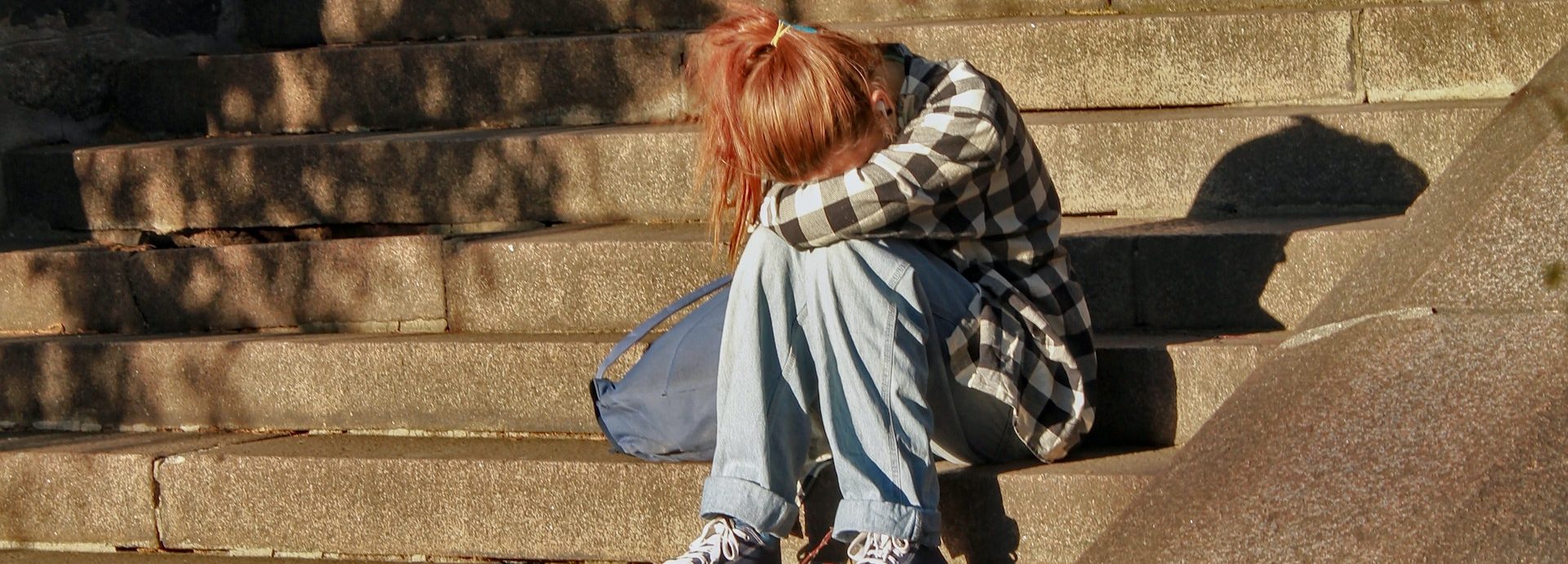Beth Jarosz
Senior Program Director

Even one adverse experience in childhood can be traumatic. Each additional adversity magnifies in impact, creating a significant public health problem.
June 22, 2022
Senior Program Director
Serious adversities in a child’s life can cause toxic stress and lifelong negative health outcomes like chronic disease and depression. And they are, unfortunately, all too common. But we can help ensure the effects of these adversities don’t follow people into adulthood, and we can reduce harm for the next generation.
Adverse childhood experiences, or ACEs, include events such as:
Early adverse experiences affect children’s brain structure and function, which provide the foundation for behavior, emotional development, health, and learning.
The toxic stress associated with traumatic and often prolonged early adverse experiences can disrupt a child’s healthy development and lead to behavioral, emotional, health, and academic problems through adolescence. In adulthood, ACEs are associated with serious health concerns such as cancer, depression, obesity, substance abuse, and suicide attempts.
A child who faces multiple traumatic experiences is more likely to grapple with substantial and lasting negative impacts in adulthood, especially if they do not receive support to help shield them from those impacts.
Resilience—adapting well in the face of adversity, trauma, threats, or other significant sources of stress—involves a combination of internal and external factors.
Internal factors go beyond biological predispositions and encompass adaptive responses—thoughts, actions, and habits that can be taught, learned, and developed by anyone—to interrupt the harmful effects of ACEs and toxic stress.
External factors include having safe, stable, nurturing relationships and environments within and outside the family.
Together, these factors can help reduce ACEs and strengthen resilience.
PRB’s KidsData provides more than a dozen indicators on adverse childhood experiences and resilience in California, at the state and county levels. Find out how children are faring and how you can take action to help ensure the impacts of adverse experiences in childhood don’t follow people into adulthood.
Explore KidsData’s resources on ACEs
D. Bhushan, et al., Roadmap for Resilience: The California Surgeon General’s Report on Adverse Childhood Experiences, Toxic Stress, and Health (Sacramento: Office of the California Surgeon General, 2020). DOI: 10.48019/PEAM8812.
Centers for Disease Control and Prevention (CDC), National Center for Injury Prevention and Control, Division of Violence Prevention, “Adverse Childhood Experiences Resources.”
